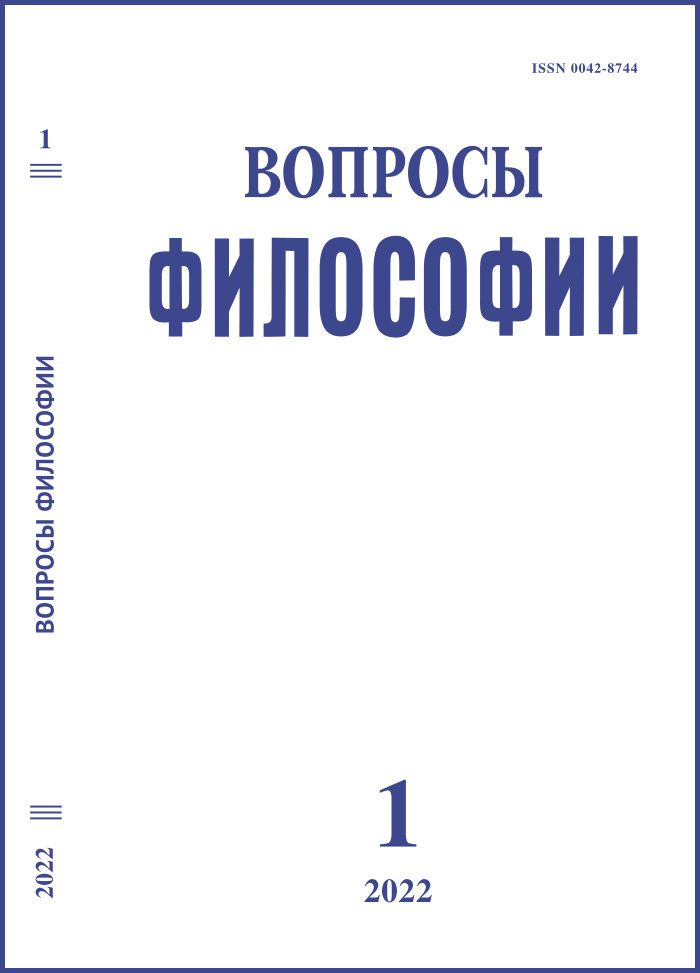Postmodern as a “Non-object”. On Criticism of Ontology and Language of Postmodern Self-identification
DOI:
https://doi.org/10.21146/0042-8744-2022-1-134-147Keywords:
postmodernity, postmodern, postmodernism, object, non-object, non-existent objects, syntax, semantics and pragmatics of the postmodern language, binary oppositions, metanarratives, neoclassicism, post-postmodernismAbstract
The article considers the internal contradictions of the popular attitude, according to which postmodernism as such, in principle, “is not an object” (current, style, school, etc.). At best, it is assigned a set of intentions and conditions that characterize the “situation of postmodernism”. However, in postmodernism itself, which rejects binary oppositions, the concept of an object is generally eliminated. In traditional logic, on the contrary, there is nothing that could not be an object in its proper and strict sense. These inconsistencies are generated by the forced mixing of languages – the inevitable inclusion of postmodern discourse in traditional contexts. The semantic distinctions of the concepts of postmodernity, postmodern, postmodernism are introduced. The invariance of postmodernism as an object is revealed only at the level of form, including the basic characteristics of the language – its syntax, semantics and pragmatics. Language collisions continue in the relationship of the paradigms themselves. Modernity turns out to be a project, not only unfinished (Habermas), but also unfinishable, and postmodernity is a purely secondary phenomenon in its initial reactivity. This sets the limits of what is possible in the new search for a way out of postmodernism into post-postmodernism, neoclassicism, after-postmodernism, etc.
Published
Versions
- 2025-02-06 (2)
- 2022-01-31 (1)

